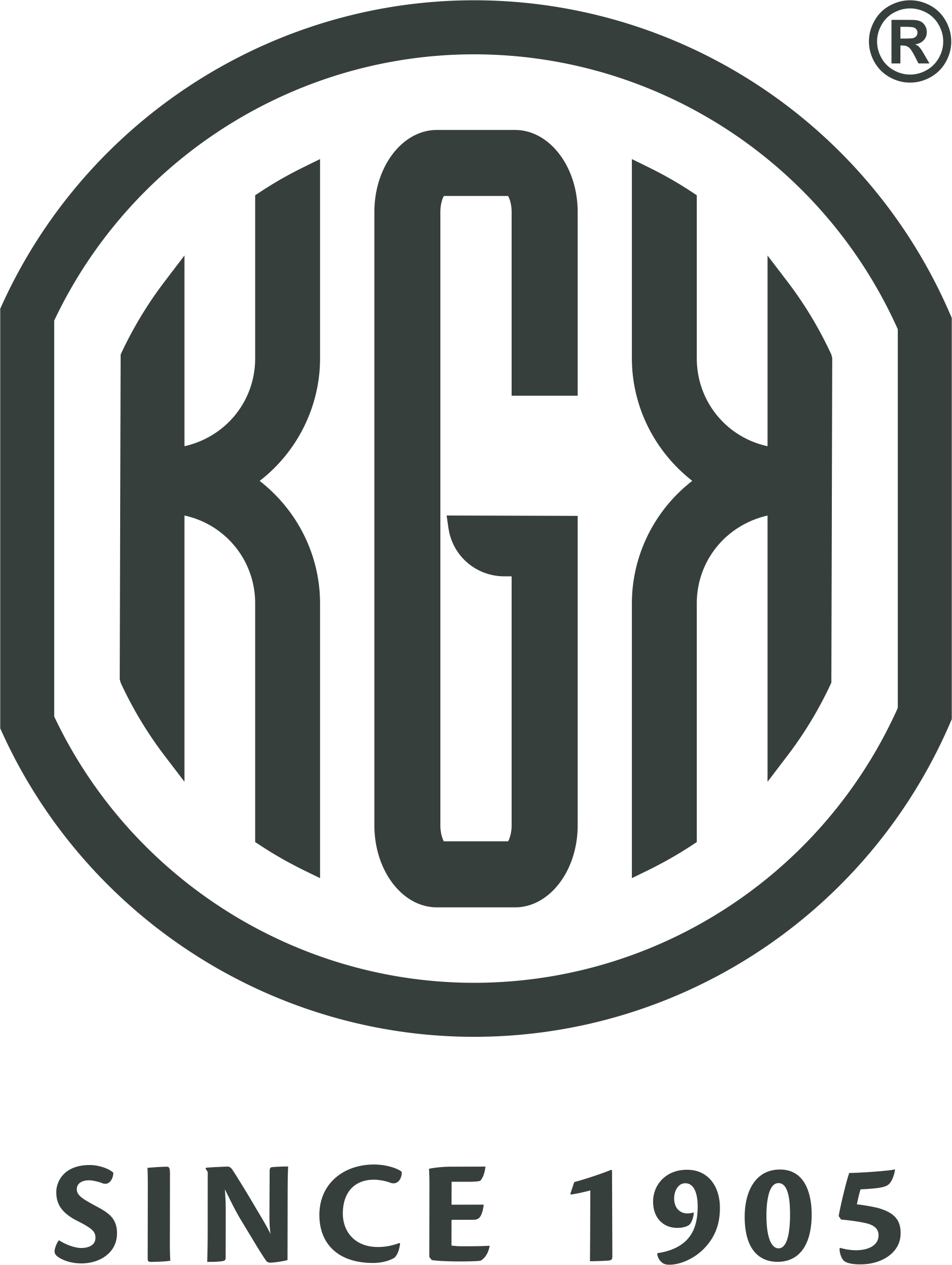Shopping for diamonds is a lot more than what people give it credit for. There are several factors that you need to consider before making a purchase because these factors decide how much you will be paying for the diamond. The major factors that affect the price of a diamond are called the 4Cs, and out of these 4 aspects, the one most misunderstood is Carat.
While everyone has a working understanding of Colour, Cut, and Clarity, there is a lot of misinformation floating around the concept of the carat weight of diamonds. Contrary to popular belief, Carat weight is the measure of how much a diamonds weigh, and thus ties into the value of the stone. However, its importance does not just stop there. Here is more of what you, as a buyer, should know about a diamond’s carat weight.
What You Should Know About Carat Weight?
- Weight of Carat
As mentioned above, carat is the measurement of the weight of a diamond, and thus, has a standard value attached to it. It is equal to 1/5th of a gram, or 0.2 grams. A carat is then divided into 100 points, which is another important factoid to consider when you come across a diamond that weighs 1.27 carats; it means 1 carat and 27 points (2.54 grams) - Measurement
Carat weights of a diamond are measured with an electronic microbalance. An important point to note here is that even though the weight is measured to the 5th decimal points, you will always find the weight to be stated only to 2 decimal places, or the hundredth of a carat. Now, rounding off in diamond weights does not follow the same rules as mathematical approximations. GIA, the certification body for diamonds around the world, only rounds off a digit to the next hundredth place if the digit on the thousandth place is a 9. This means that a 1.458-carat diamond would be listed as a 1.45-carat diamond, while a 1.459-carat diamond will have the stated weight of 1.46 carats. - Sizing
Higher carat weight does not necessarily mean that the diamond will be bigger in size. It depends on the cut that it has acquired and on the skill of the person cutting the diamond. A perfectly cut brilliant diamond may appear to be smaller than a poorly cut diamond of higher weight but will have a better play of light than the latter. It depends on how the diamond is cut, which is where the diamond cut grade takes precedence over carat weight in determining the value. - Price
While you may think that because diamonds are priced per carat, a 2-carat diamond will be twice as expensive as a 1-carat diamond. But diamond prices do not follow a geometrical progression. Rather, they increase in value exponentially because nature very rarely produces diamonds that are bigger than 1 carat. Which makes anything beyond 1 carat an extreme rarity, and thus, they are also priced extremely. The rule applies to smaller diamonds as well, which means that 0.5 carats of a diamond will not cost exactly half of a 1-carat diamond, and 2- carat diamonds will cost more in ‘per carat’ terms.










